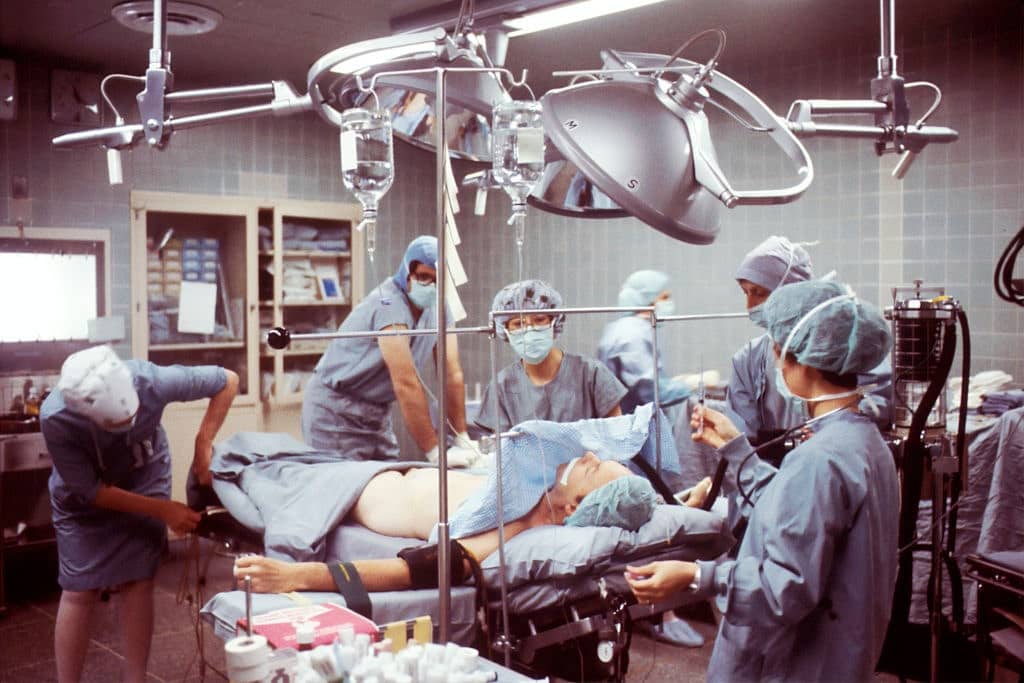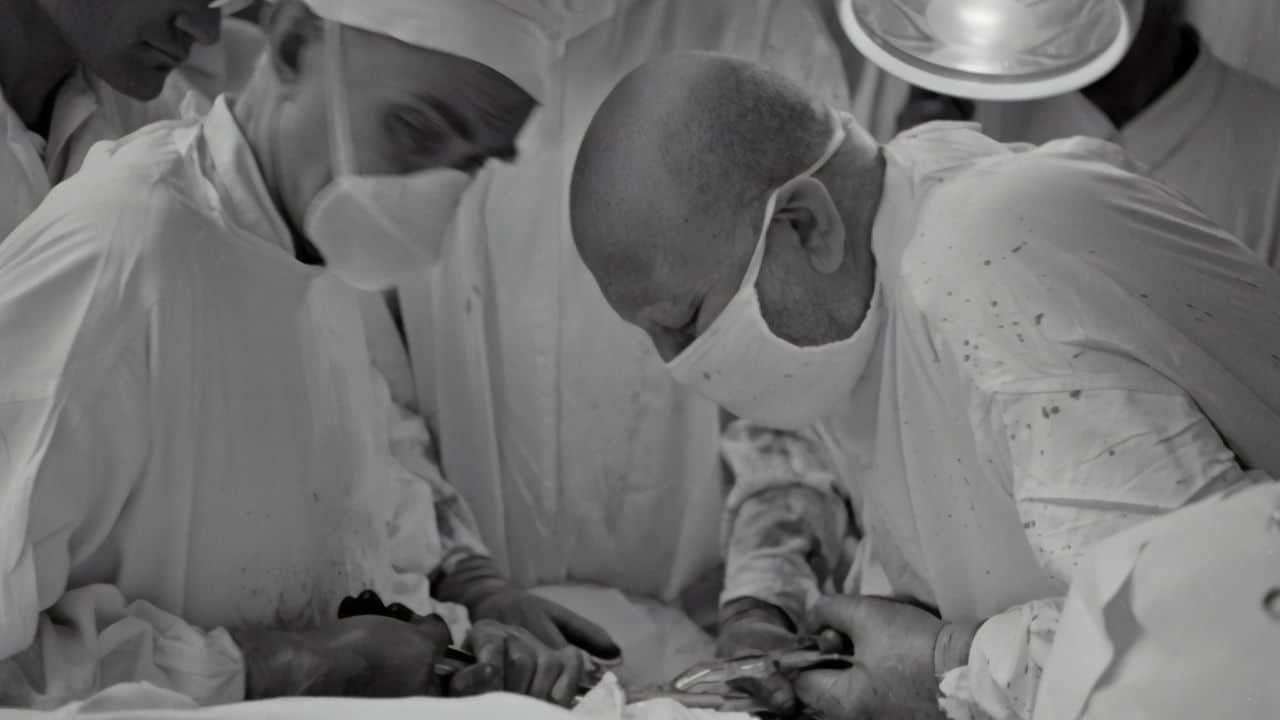Tracheotomy is a surgical procedure that involves creating a stoma on the anterior part of the neck into the cervical trachea to allow the passage of a tube that will help a victim breathe and remove secretions from the lungs. It is from two Greek words, “trakheia arteria” and “tome” which means rough artery and cut.
According to De Leyn et al. (2007) in his article Tracheotomy: Clinical Review And Guidelines published in the European Journal of Cardio-Thoracic Surgery, there are four main reasons why anyone may need a tracheotomy which includes long-term mechanical ventilation, weaning failure, upper airway obstruction, and copious secretions.
Anatomy of A Tracheotomy Procedure
Like every surgical procedure, tracheotomy has step-by-step procedures that must be followed to ensure the successful completion of the operation.
To carry out tracheotomy, a patient is positioned in a supine posture. A cut/incision is then made on the anterior part of the neck. It is intended that the cut through which the endotracheal tube will be placed, which is usually 3–5 cm long, extends at least one to two rings beyond the cricoid cartilage.

The endotracheal tube is usually placed between the second and third cartilage rings or between the third and fourth cartilage rings. A subglottic stenosis might develop when the tracheotomy is excessively high (near the cricoid), which is difficult to fix. A tracheotomy that is too low can cause bleeding from the brachiocephalic trunk. The tracheostomy tube introduced through the opening in the neck will then be secured in place with a strap around the neck to avoid undue movement of the tube.
Why Use Litigation Animation To Explain Tracheotomy?
Every case has its own uniqueness and complications. Litigation animation can serve as an excellent tool to break down these complications and make the uniqueness of each case stand out.
Cases, because of their uniqueness, can have interwoven facts and events that may need to be singled out and explained one after the other. An example is the case of Dillinger V. Director, Dept. Of Workforce, where the plaintiff, a worker, got her employment terminated on the grounds of misconduct at work. Having applied for leave under the Family Medical Leave Act (FMLA) for pneumonia, the plaintiff failed to communicate appropriately with her employer, leading to the termination of her contract.
During her leave, the plaintiff was placed on a ventilator, and she underwent tracheotomy. In such a case, the tracheotomy operation can be singled out and explained with litigation animation to help plead her case and show that it contributed to her inability to respond and communicate quickly to her employer.
Another case is the assault and attempted murder case of US v. Cordero Caraballo where the victim, a firearm Special Agent of the Drug Enforcement Administration, had tracheotomy performed on him after he sustained various gunshot wounds to the leg and buttock while he was engaged in his official duties.
In a case involving tracheotomy being carried out on a victim, explaining the above procedure to a jury can be daunting, especially without graphics of any sort. They are medical terms that any jury member may not be familiar with, making it hard for them to comprehend what an expert witness is trying to explain during the trial. But with litigation animation, the whole procedure can be shown to the jury and explained to them in simple language, and visuals will help them understand better.





